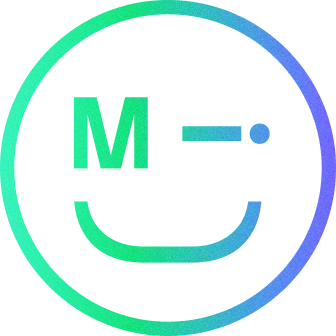Understanding the journey our customers or users take to accomplish a goal is a primary focus in service design. In this article we unpack what journey maps are, why they are helpful, and how to create them.
What are user journey maps?
A journey map is a visualisation of the route users take as they engage with a company, product, service or brand. Journey maps identify the touch-points, channels, activities, emotions, and the risks and opportunities along a time-based journey from the user and business perspective.
What are user journey maps used for?
By mapping the journey you gain an understanding of your product and service from the user’s point of view. It allows you to identify opportunities to improve the overall experience and by joining up different areas of your business it provides a holistic insight of a user’s end-to-end journey.
What's the typical user journey structure?
This diagram below shows the typical structure, but note that the specific steps should be customised to fit your specific business:

The structure has three main sections starting with the context, this describes the scenario being mapped and the user’s motivations. The two following sections are the experience, which maps the stages and associated data. Finally the insights, this is the area of real value and should support identifying areas of improvement and opportunities.
What are the steps for creating the map?
- Define the goals and audience
At this initial stage, you should establish the goals of the exercise. For example, these could include a better understanding of your customer, reducing churn or improving a specific customer experience.
- Conduct research
Research techniques are defined by the project requirements. These activities can either be qualitative or quantitative, examples of the types of research you may want to conduct include:
- User observations
- Customer interviews
- Focus groups
- Surveys
- Website data analysis
- Social listening data analysis
- Map the journey stages and touchpoints
Now map the top-level interactions, behaviors and motivations to the different stages of the consumer journey. The traditional stages of the journey include:
awareness, consideration, purchase, retention and advocacy. This basic structure is then used to define the rest of the journey.
- Identify opportunities
Based on the information you have gathered and analysed at the research stage identify pain points. From this information, you can then identify and suggest areas of improvement.
- Visualise
At this final stage, bring the journey to life by creating an engaging visual. Your aim is to use the journey going forward as an internal tool, the more inspiring the design the more likely teams will reference the mapping and bring it into their processes.
Have a call
We’d love to talk to you about how Make it Clear can support your organisation. Book a call here.
